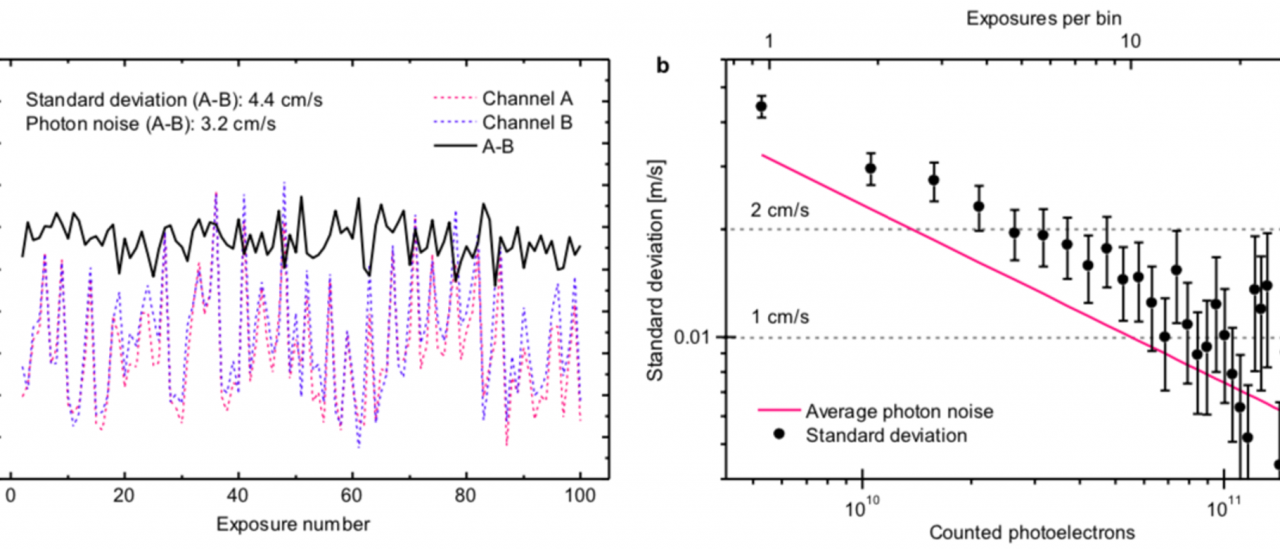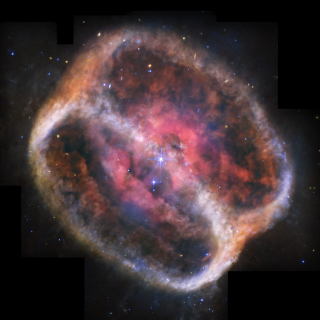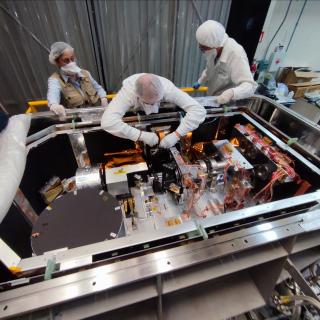Laser frequency combs (LFCs) are well on their way to becoming the next-generation calibration sources for precision astronomical spectroscopy. This development is considered key in the hunt for low-mass rocky exoplanets around solar-type stars whose discovery with the radial-velocity method requires cm/s Doppler precision. In order to prove such precise calibration with an LFC, it must be compared to another calibrator of at least the same precision. Being the best available spectrograph calibrator, this means comparing it to a second - fully independent - LFC. Here, we report on a test in which two separate LFCs were used to simultaneously calibrate an astronomical spectrograph. Our installation of two LFCs at the ultra-stable two-channel spectrograph HARPS allowed characterization of their relative stability and consistency in calibration at the highest available level. Although the test was limited in time, the results confirm the 1 cm/s stability that has long been anticipated by the astronomical community.
Relative stability measurement of two laser frequency combs (LFCs) of 18 and 25 GHz mode spacing, respectively, in channel A and B. a: Series of 100 spectrograph calibrations. b: Results obtained with binned exposures of increasing size.
Advertised on
Authors
R. A. Probst et al.
References




